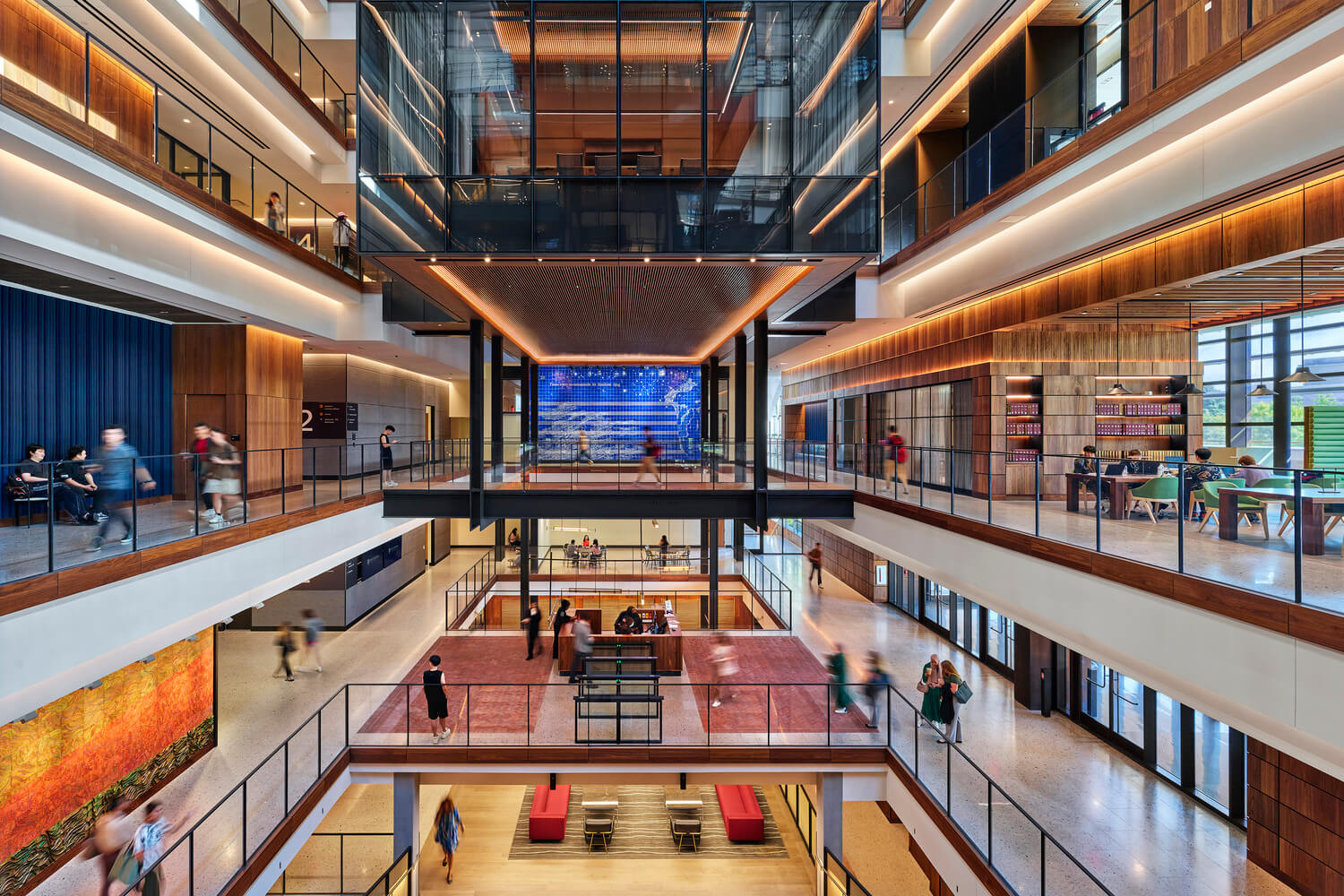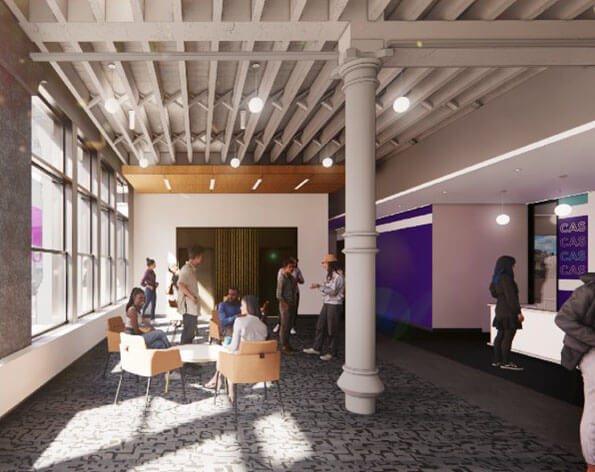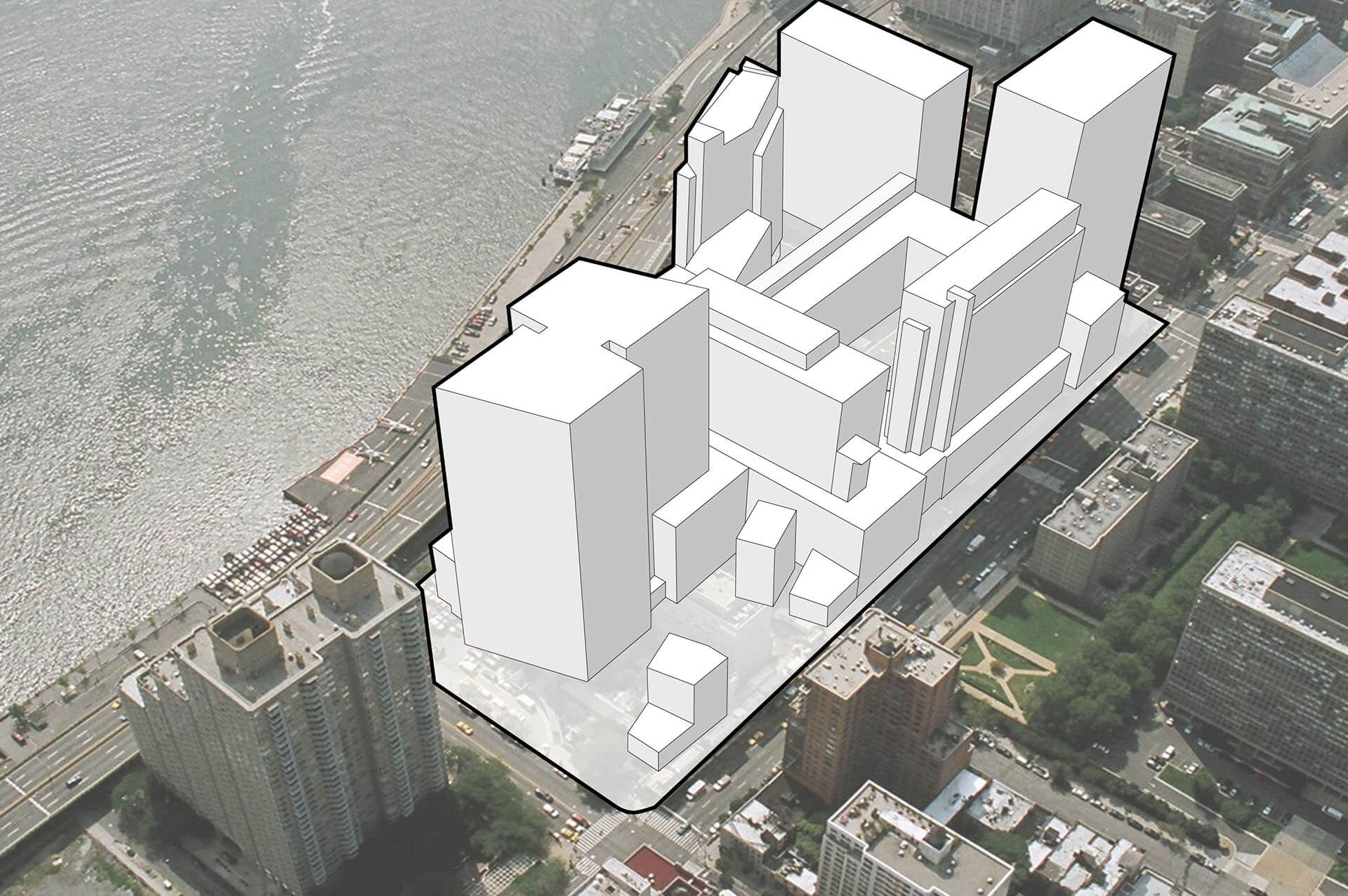Our humanist design philosophy drives our commitment to restoring historic buildings, making their preservation a cornerstone of our practice.
We excel at revitalizing existing buildings, creating innovative architecture that harmonizes the past, present, and future. We have created transitions between neighborhoods and campus precincts; reconciled existing buildings with new interventions; unified buildings of disparate historical periods; and juxtaposed old and new structures. Ultimately, we understand both the challenges and rewards of giving existing buildings new life.
Why Reinvest in Existing Buildings?
As climate resilience becomes a pressing concern, more people recognize that the greenest building is the one already standing. Institutions are turning to sustainable renovations to reduce the environmental impact of new construction and enhance user health and wellness. Beyond sustainability, renovations are often more feasible and cost-effective.
We employ diverse strategies—renovation, preservation, adaptive reuse, expansion, and even tactical demolition and circular construction—to help clients achieve their missions. With a growing demand for preservation across sectors, we redefine what it means for each unique institution. Our extensive experience in renovation projects gives us deep insights into current trends and effective strategies in restorative architecture.

The Public Theater
Strengthened Communities

Brooklyn Museum new Entry Pavilion and Park
Revitalized buildings strengthen communities, fostering resilience and continuity with the past. While the built environment may seem static, the communities we design for are constantly evolving. Renovations and additions allow institutions to grow and adapt while honoring their existing spaces and histories. Our human-centered design process reflects the needs, values, and aspirations of the communities we serve, rooted in their cultural and historical contexts.
CASE STUDY: The Brooklyn Museum. A new entry pavilion revitalizes the entry and park to this historic institution.
Sustainability
Opting for renovation or adaptive reuse over new construction is inherently sustainable, avoiding the unnecessary environmental impact of demolishing sound buildings and constructing new ones.
We assess current conditions to identify where retrofitting can reduce carbon emissions and leverage existing infrastructure to enhance user health, improve building performance, and withstand extreme climate events. Preservation is not only a sustainable act but also a way to celebrate a place’s history, connecting past and present.
CASE STUDY: The Cohen Community Food Rescue Center for City Harvest. An existing turn-of-the-century wood-framed warehouse is renovated for City Harvest, the world’s first and largest food rescue organization.


Through Ennead’s design to bring the 19th century structure up to today’s energy standard, the new headquarters will also be LEED Gold certified, featuring many green initiatives including a future rooftop solar array, composting and recycling features throughout the facility, energy-efficient lighting, radiant heating and cooling, and electric charging stations.
Strategies for Reinvesting in Existing Buildings
Ennead recognizes that renovating a building requires a fundamentally different approach than designing a new one. Working with the unique characteristics of existing structures, especially historic buildings with outdated construction methods, demands simultaneous attention to both broad strategic considerations and specific details. Our design process involves maintaining a wide-angle view while also delving deeply into the intricacies of the project.
Early-stage efforts such as analyzing program requirements and developing stacking diagrams are complemented by a focus on understanding minute details that reveal the challenges and limitations of the existing building. We employ various techniques, including extensive probing and non-destructive evaluation, alongside thorough examination of historic documentation such as original drawings and photo archives. These methods enable us to mitigate risks, ensure project feasibility, and deliver architecture that respects the building’s heritage while meeting contemporary standards.
This comprehensive approach not only mitigates project risks in terms of budget and timeline but also ensures the delivery of thoughtful and innovative architecture that respects the building’s heritage while meeting contemporary needs.


CASE STUDY: Johns Hopkins University (JHU) chose the former Newseum building to be a new, state-of-the-art learning environment in the nation’s capital. Ennead Architects’ unique opportunity to revisit a building of its own design is a tale of transformation, innovation and radical reuse.

Strategic Thinking
Can existing buildings meet new, specific needs? What are the trade-offs between renovating and building new? We help clients strategize the most sustainable and effective paths forward, considering community needs, institutional vision, and historical context from the outset.
We support institutions with fundraising, master planning, phased construction, and feasibility studies to ensure long-term goals are met. Our approach anticipates challenges and adapts to changes in technology and funding, ensuring each project phase reinforces the overall vision.
CASE STUDY: Ongoing Renovations at New York University
Scroll over the section for NYU’s College of Arts and Science renovation.

Adapting to New Physical Requirements and Changing Regulations
New government building codes and institutional climate commitments are driving our clients to adapt their existing buildings. We view these regulatory changes as opportunities to integrate new communities, technologies, and ideas within existing structures.

Institutions and businesses are embracing Climate Action Plans and ESG Reporting to guide decisions. For instance, New York City’s Local Law 97 aims for carbon neutrality by 2050, spurring retrofitting efforts across the country to reduce building emissions.
Ennead’s experience with historic landmarks underscores our approach to navigating civic, cultural, and commercial projects through community engagement and regulatory processes. We excel in negotiating city-specific architectural politics, securing public approvals, and fostering community.
CASE STUDY: Athey Theater at Conneticut College
The revitalization of the 1939 Art Deco building reinforces the Athey Center’s role as a space for assembly, artistic production, and teaching on the Connecticut College campus.
Ennead’s Renovation Center Leadership
The pursuit of renovation, preservation, and adaptive reuse is utilized on various projects throughout these typologies, and allows us to transfer ideas and solutions from one sector of building to another. We utilize our interdisciplinary framework to imagine contemporary new designs that simultaneously respect the existing historic fabric of our institutions and reflect the evolution of their identity. We ask: How can we breathe new life into historic architecture?

Kevin Seymour
Associate Principal

Stephen Chu
Design Partner

Richard Olcott
Design Partner
Recognition
The Renovation and Expansion to Historic Theaters
Ennead has a long-standing history of renovating historic theaters, a commitment that dates back to the firm’s earliest days.
Learn more about our approach to Performing Arts here.
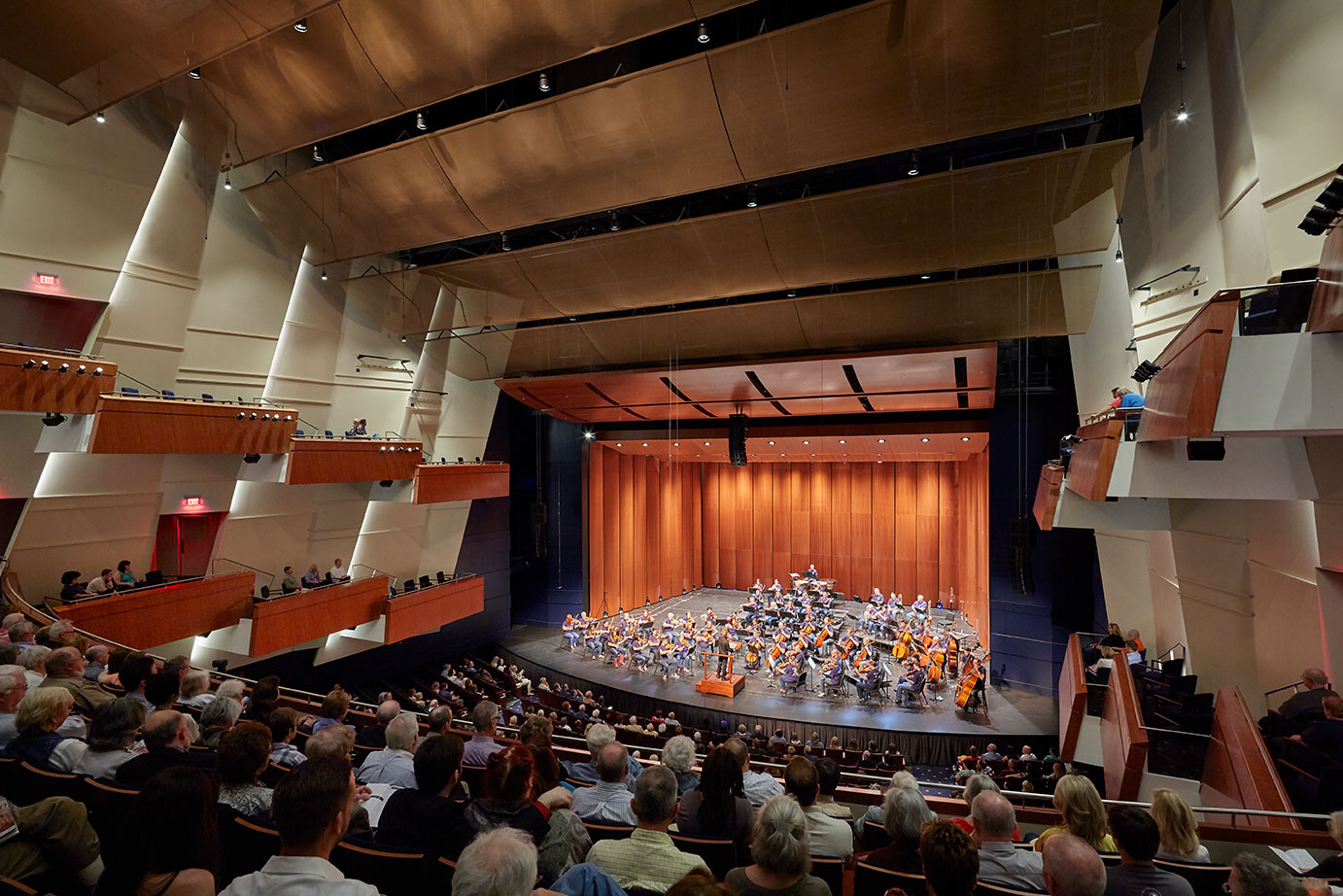
Robinson Center
Selected Clients
Carnegie Hall
Cincinnati Music Hall
Conneticut College, Athey Center
Manhattan Theatre Club
New York City Center
Robinson Center
Peter Norton Symphony Space
Santa Fe Opera Theater
The Ed Sullivan Theater
The Public Theater
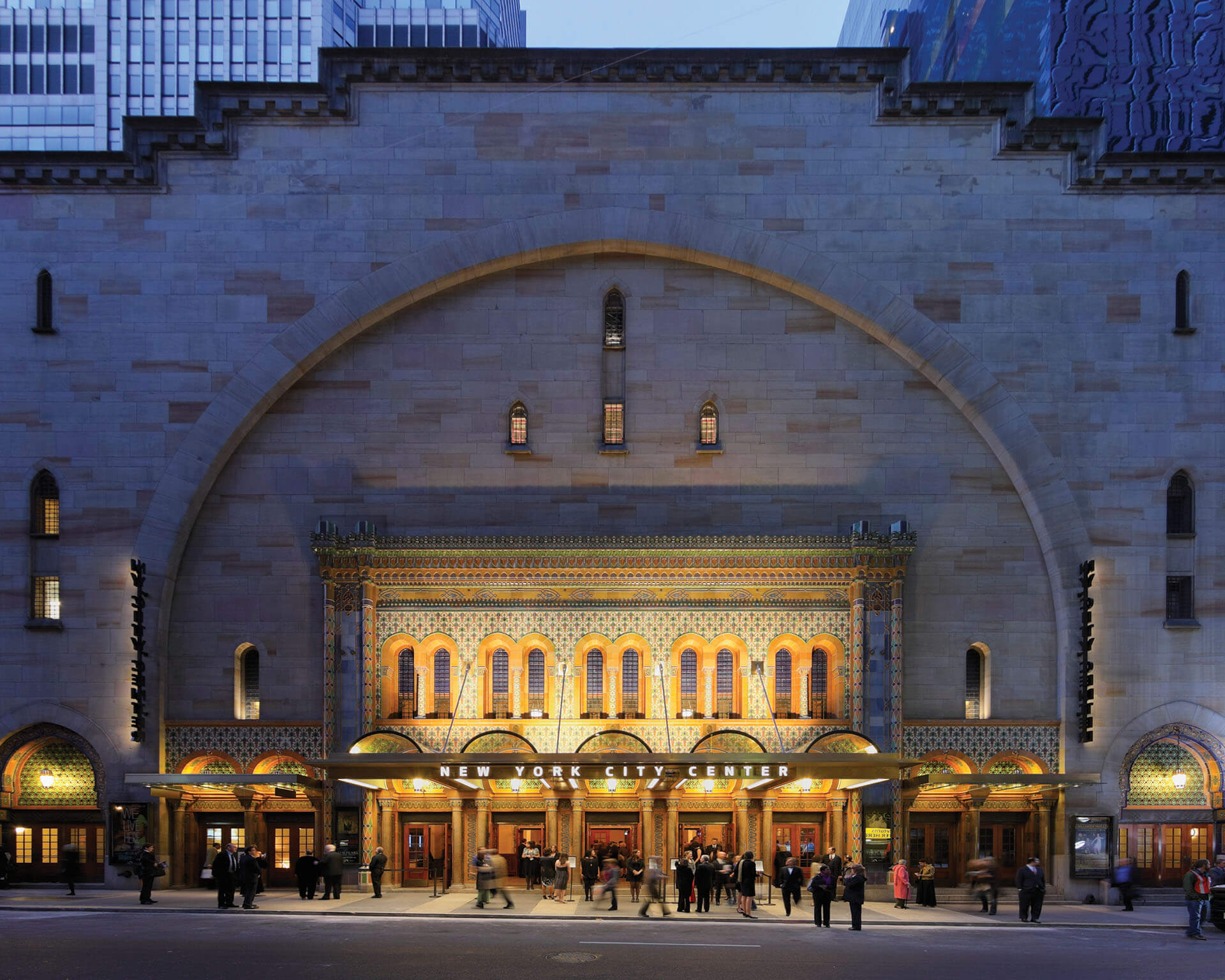
City Center
Civic and Commercial
Historic buildings shape a city’s cultural and architectural landscape. We’ve observed a rising interest in repurposing existing buildings, transforming older spaces into vibrant new offices, retail areas, and theaters through a mix of renovation, reconstruction, and new construction.
Learn more about our approach to Commercial work here.

Cathedral of St. John the Divine
Selected Clients
Cathedral of St. John the Divine
City Harvest
General Theological Seminary, Chelsea Enclave
Jing’An Innovation Galaxy
New York Botanical Garden
New York Public Library for the Performing Arts
Shanghai Academy of Fine Arts
Healthcare
Hospitals typically favor new construction for their specific needs, but there’s been a shift towards repurposing space-constrained urban medical campuses.
Learn more about our approach to healthcare here.

NYU Langone Health, Master Plan and Campus Transformation
Museums
Ennead has extensive experience renovating and expanding museums, enhancing functionality while preserving historic integrity.
Learn more about our approach to Museums here.

Yale University Art Gallery
Selected Clients
American Museum of Natural History
Asheville Art Museum
Brooklyn Museum
Cooper-Hewitt National Design Museum
Museum of the City of New York
New York Hall of Science
New York University, Grey Art Museum
Peabody Essex Museum
Smith College, Brown Fine Arts Center
Smithsonian Institution, Arts and Industries Building
Stanford University, Cantor Center for Visual Arts
Westmoreland Art Museum
The Walters Art Museum
Yale University Art Gallery, Kahn Building Renovation
Yale University Art Gallery, Renovation and Expansion
Selected Clients













